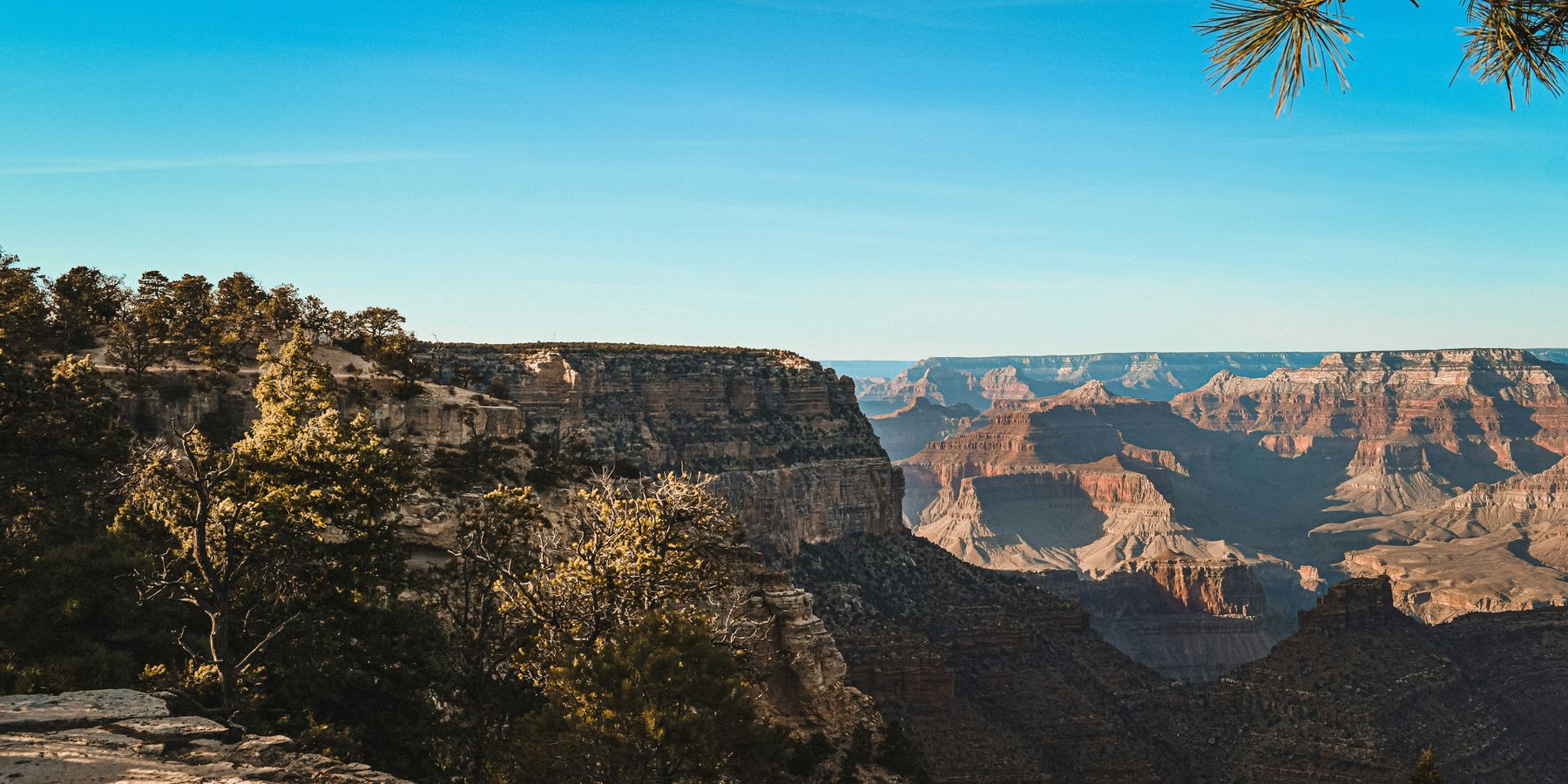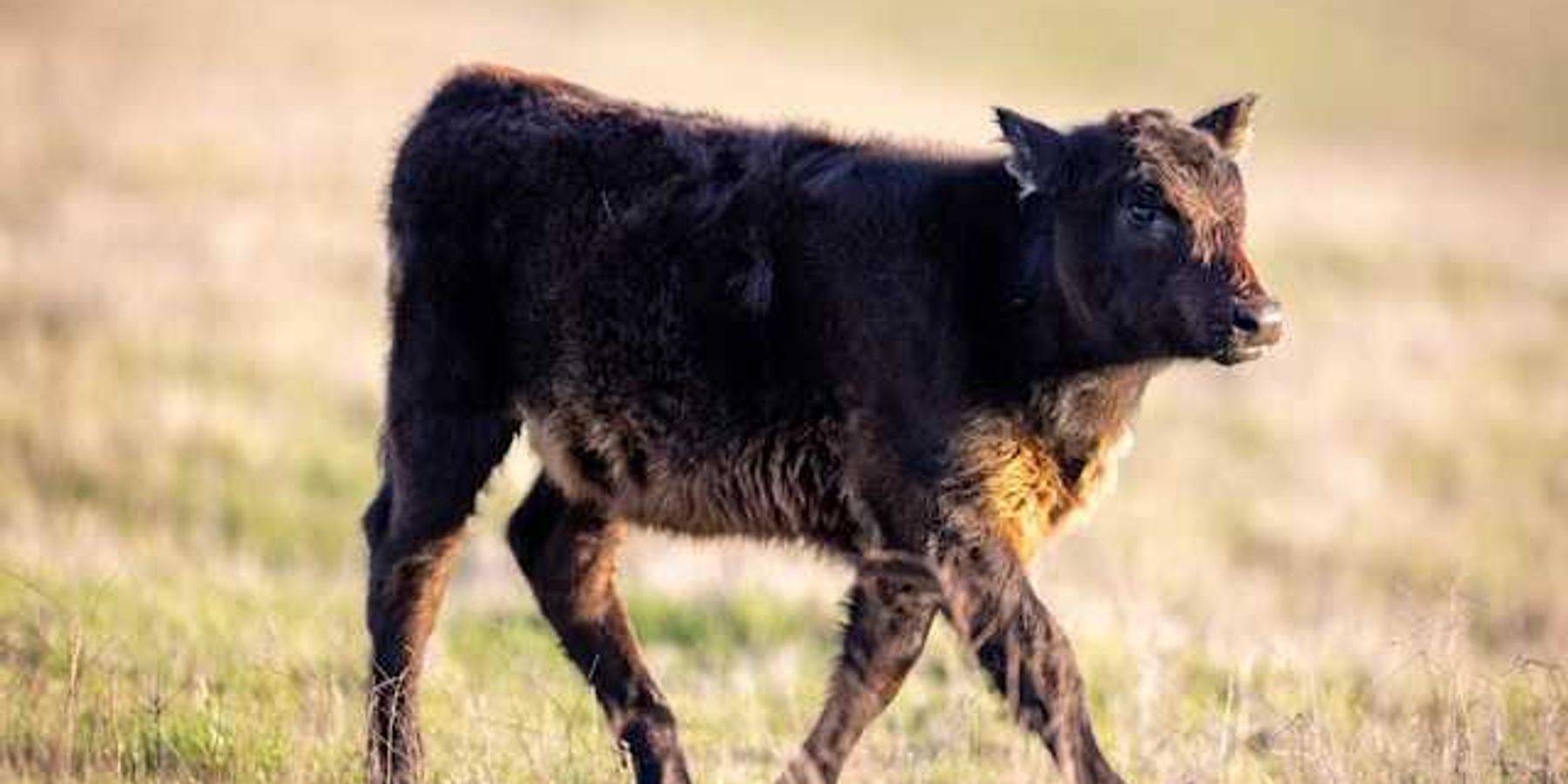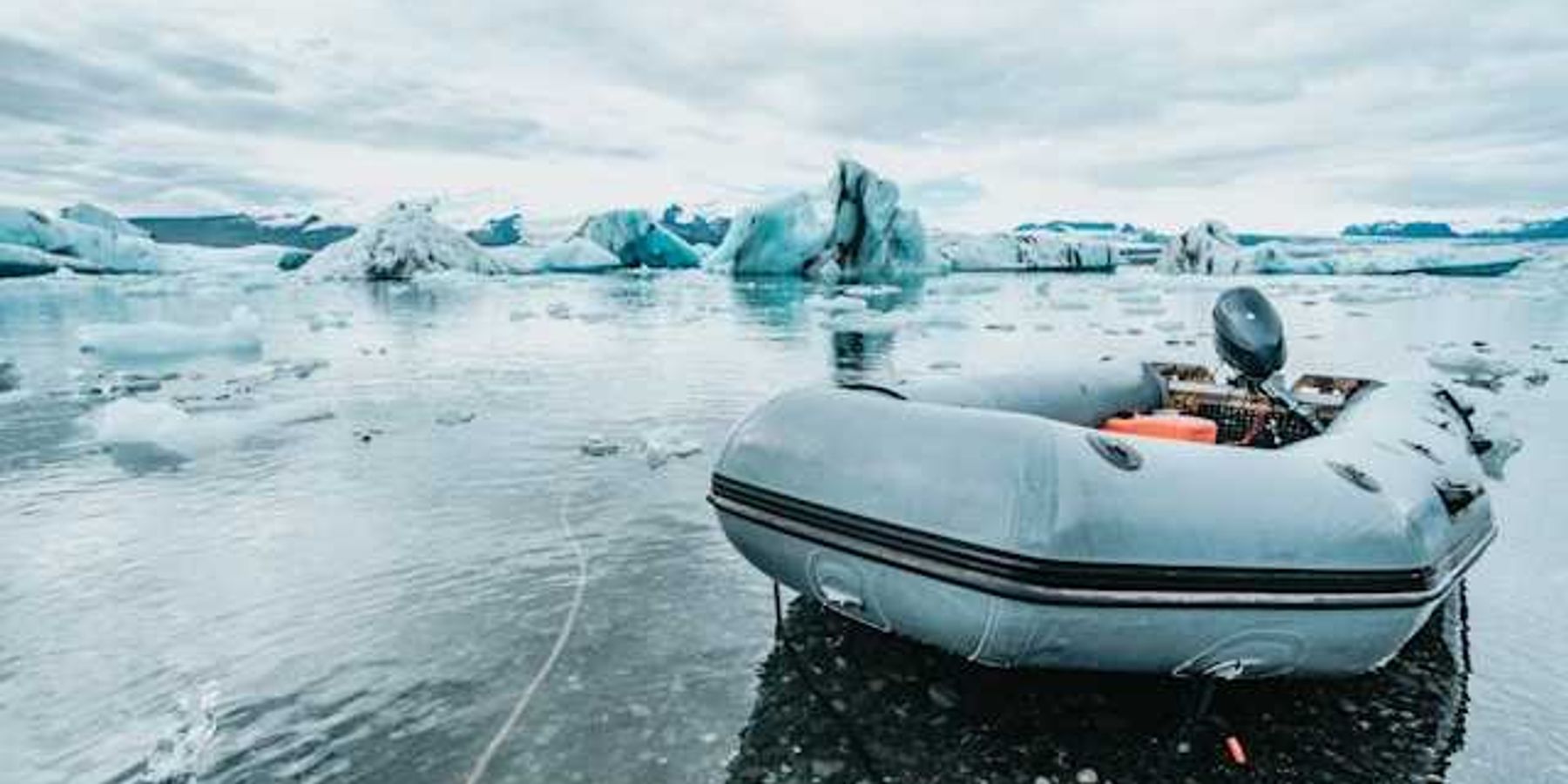
Grand Canyon wildfire balloons into nation’s largest as staffing cuts bite
A lightning-sparked blaze has torched more than 123,000 acres since July 4, forcing the Grand Canyon National Park's North Rim to close for the remainder of the season with firefighters holding only 13% containment.
Nicholas Kusnetz reports for Inside Climate News.
In short:
- The blaze has destroyed about 70 buildings, including the historic Grand Canyon Lodge and Visitor Center at the park's North Rim.
- Thirty-nine large wildfires are currently active across the United States, seven of them in Arizona, covering roughly 523,000 acres, federal data show. Park Service staffing has fallen 24% under President Trump, and advocates warn thin ranks could hinder future firefighting even as longer, smokier fire years become the norm.
Key quote:
“It used to be that the main fire season was during the warmer part of the summer. Now in many places, there’s no such thing as a fire season.”
— Bill Wade, executive director of the Association of National Park Rangers
Why this matters:
Wildfires are no longer episodic disasters confined to remote forests; they are an expanding feature of daily life across North America. Flames feed on hotter, drier landscapes created by climate change, and their smoke drifts hundreds of miles, seeping into living rooms, schools, and hospitals. The tiny particles and toxic gases in that haze aggravate asthma, raise heart attack risk, and shorten life expectancy, especially for children and the elderly. Fires also unleash vast stores of carbon, reinforcing the warming that sets the stage for the next blaze. As government agencies trim budgets and crews age out, the country could face larger, more frequent fires with fewer people and resources to stop them.
Learn more: Towering fire-spawned clouds intensify Arizona and Utah megafires’ unpredictable weather













